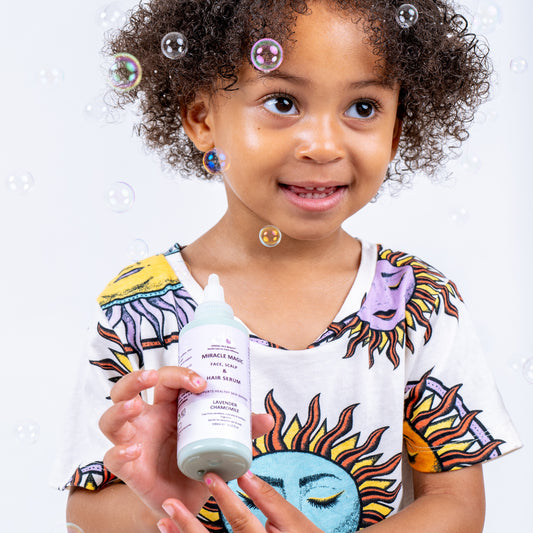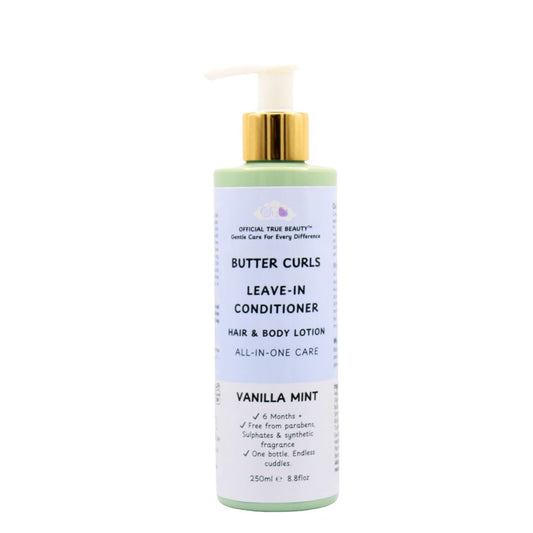
Creating a Calm Morning & Bedtime Routine
Mornings and bedtimes shape a child’s day and wellbeing. Calm routines help children feel secure, support sleep patterns and reduce family stress. With small, consistent changes you can create predictability that supports emotional regulation and makes daily life easier for everyone.
Why Routines Matter
Children thrive on predictability. Routine reduces decision fatigue for little ones and adults alike, supports biological rhythms (like sleep/wake cycles), and builds a sense of mastery — children know what’s coming next and can prepare emotionally. Calm routines also reduce cortisol spikes (the stress hormone), helping children settle more easily at bedtime and start the day calmly.
Designing a Calm Morning Routine
Mornings are often rushed; the aim is to create gentle predictability without adding steps. Consider these elements:
- Wake window: Aim for a consistent wake-up time where possible — children’s bodies respond to regularity.
- Gentle transition: Use soft lighting and a brief snuggle or two to move from sleep to waking.
- Predictable steps: Keep a simple sequence — potty/nappy, wash, dress, breakfast — and use visual prompts for toddlers.
- One helpful habit: Choose one small, calming habit to start the day (deep breath, stretch, short cuddle) that becomes the morning anchor.
Designing a Soothing Bedtime Routine
Bedtime routines cue the body for sleep. Consistency, low stimulation and sensory cues help children wind down.
- Wind-down window: Start calming activities 30–60 minutes before bedtime depending on age.
- Predictable order: Bath → moisturise → pyjamas → story → lights out. Repetition builds expectation and safety.
- Limit screens: Avoid screens at least an hour before bed; blue light interferes with melatonin production.
- Sensory cues: A consistent sensory cue — a gentle scent, a soft song, or the same blanket — tells the brain it’s time to sleep.
Bath & night-time pairing: Use a warm bath with Cuddle Cleanse followed by a light application of Miracle Magic or Shea Sweet for a calm, moisturising bedtime ritual. For families who prefer fragrance-free, Shea Coco provides gentle comfort without scent.
Practical Tips for Success
- Keep it short: Routines should be simple and reliable — 20–30 minutes is often enough for bath to bed for toddlers.
- Visual schedules: Picture cards for each routine step help toddlers follow independently.
- Consistency over perfection: Missed steps are fine — return to the routine the next day.
- Use scent carefully: If you use scent as a cue, choose low-concentration, infant-safe blends and introduce gradually.
When Routines Don’t Work
If your child resists, slows, or becomes more anxious, adjust the pace or steps. Some children need shorter wind-downs or different sensory cues. Track what helps (a particular song, a massage, white/brown/pink noise, dim lights) and use those elements consistently.
Final Thoughts
A calm morning and bedtime routine is a small investment with big returns — better sleep, less stress, and more connected time with your child. Start small, stay consistent, and adapt to your family’s needs.
Explore sensible, sensory-safe products to support routines at Official True Beauty.








